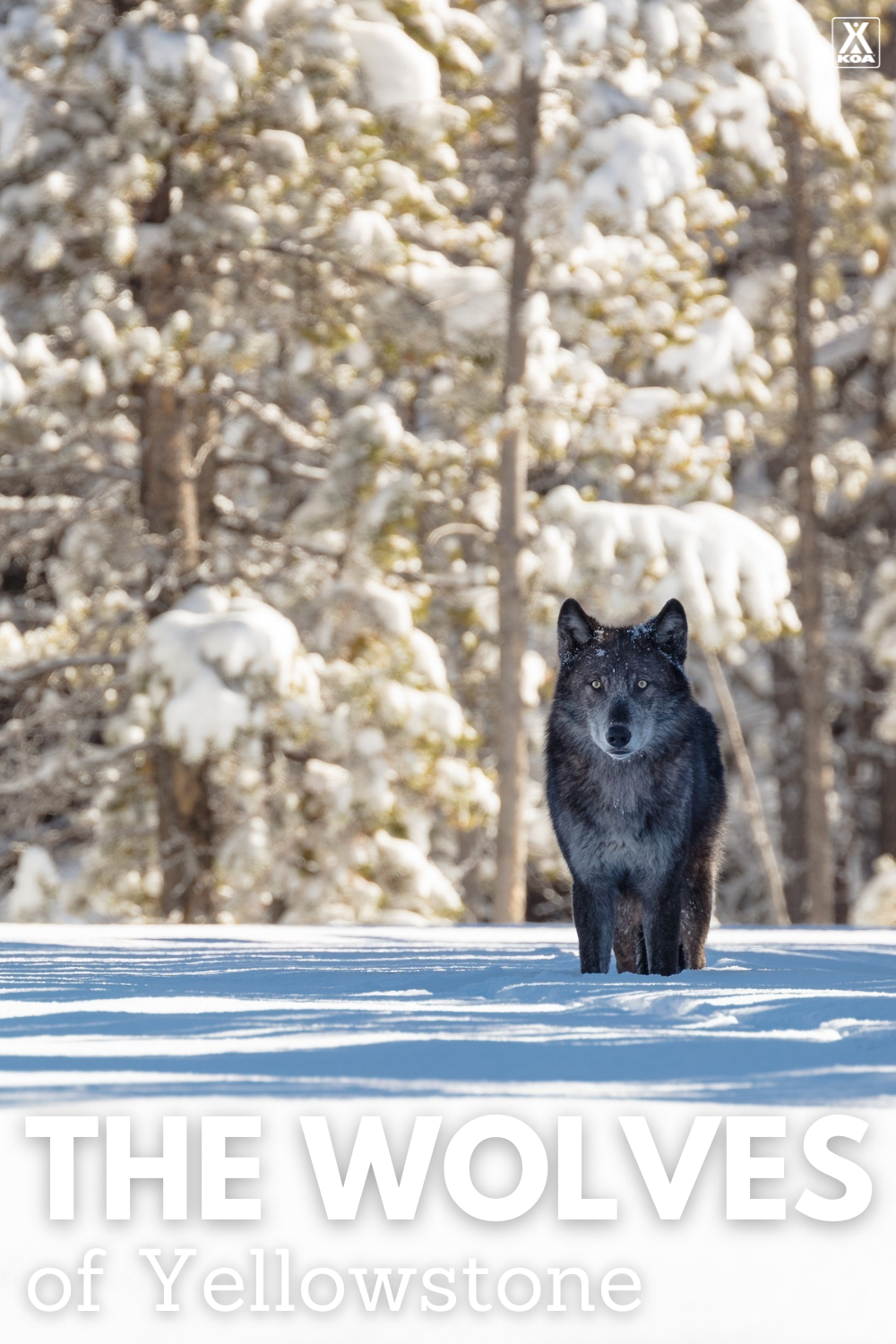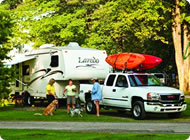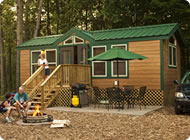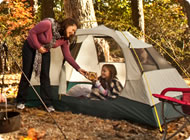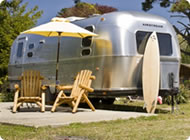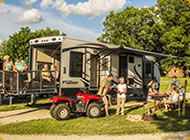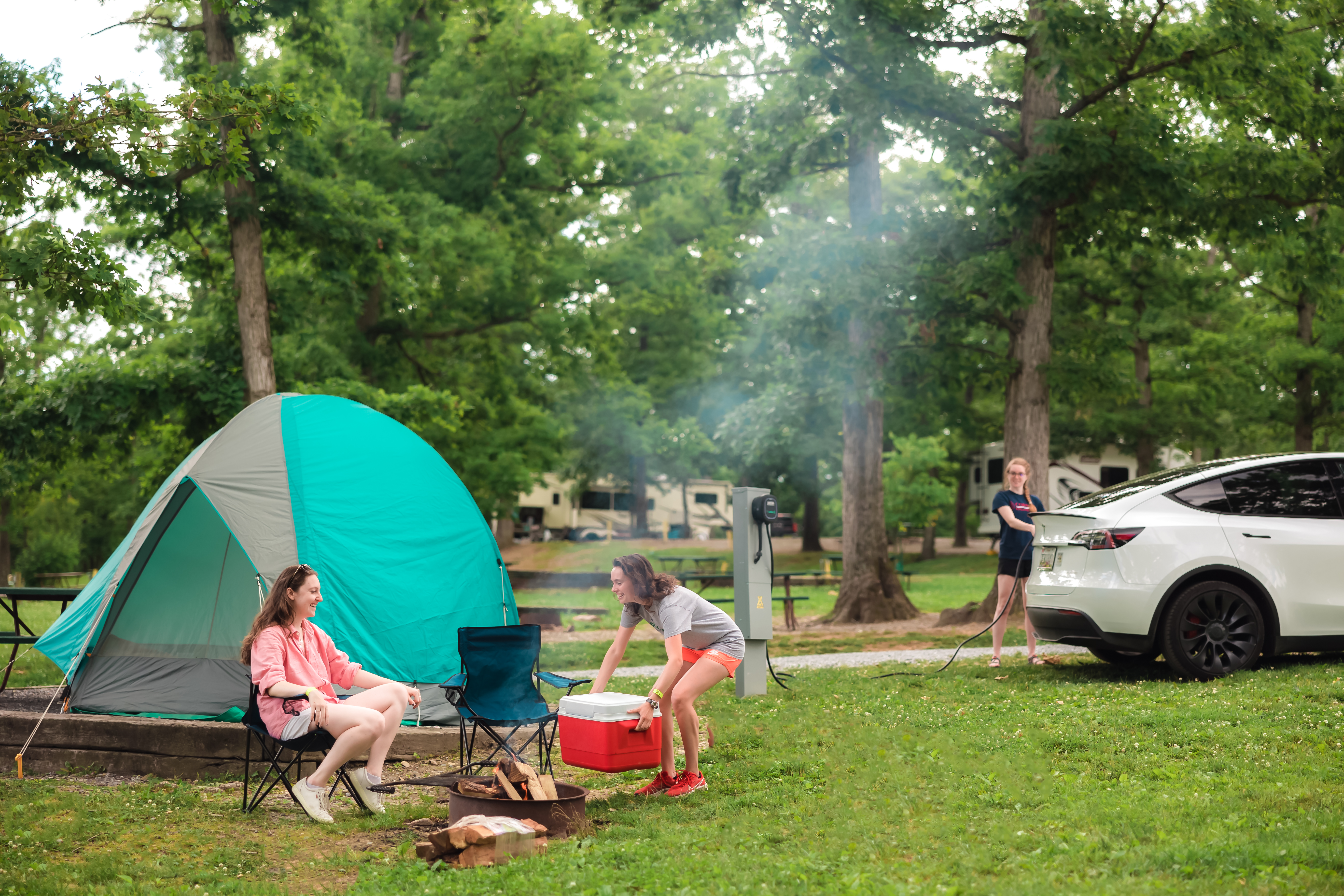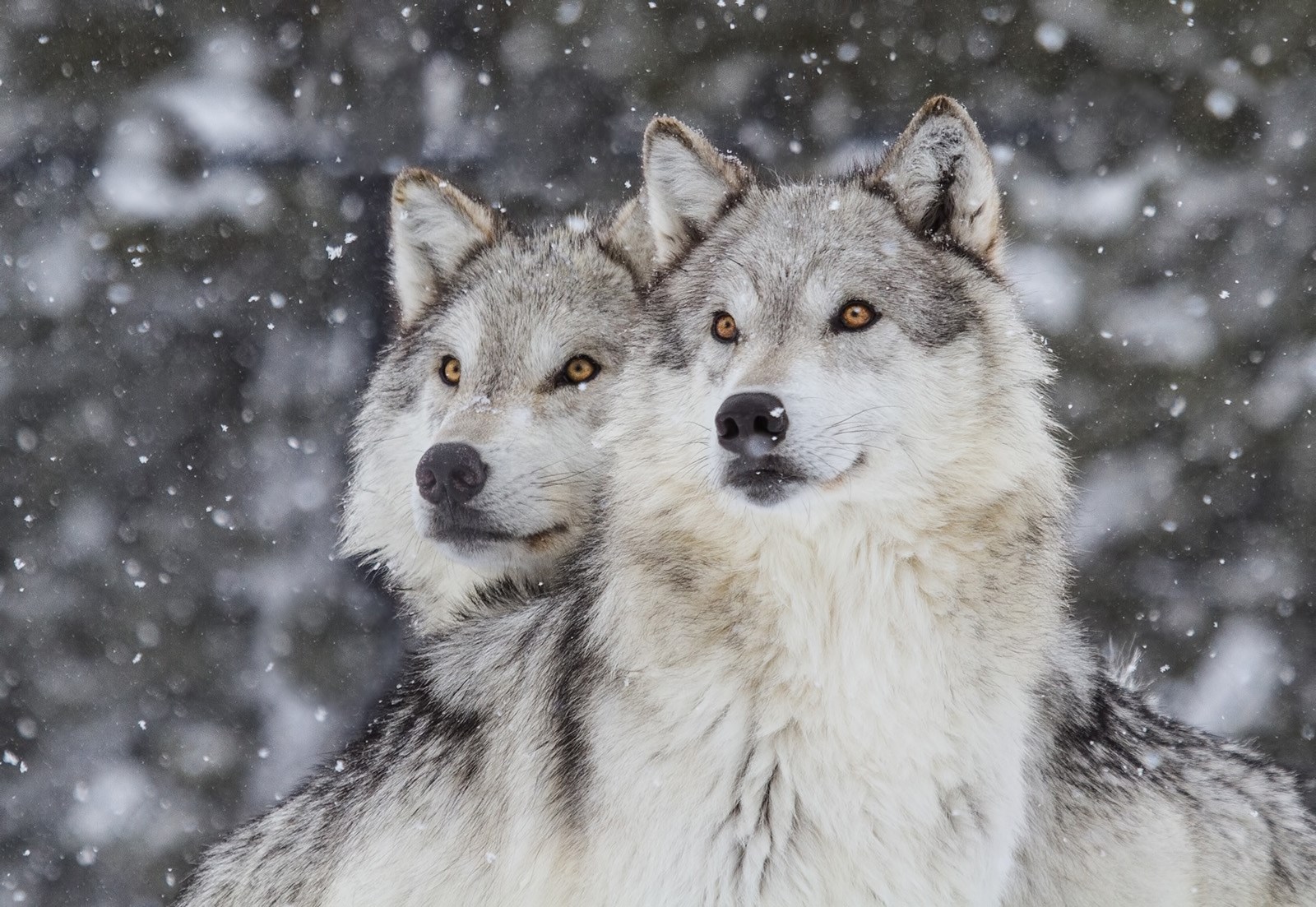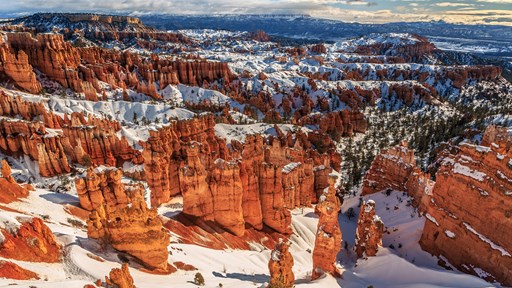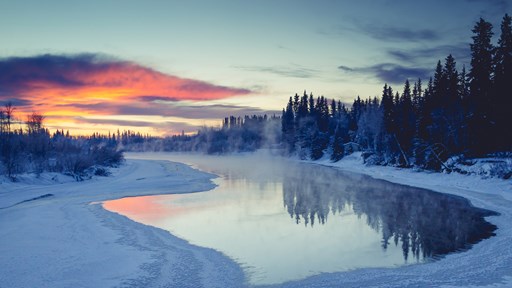Twenty-five years ago there wasn’t even a lone wolf living in Yellowstone. Today, people travel from across the world just for the chance to see the park’s most infamous predators. Yellowstone is home to nine wolf packs. Still, witnessing them in the wild isn’t as simple as just showing up. These animals are as elusive as they are impressive. I should know. I grew up in Montana and visited Yellowstone every other summer. Still, I never saw a wolf until seven years ago. No, I wasn’t wearing my lucky socks. The key, you see, is visiting during the right season. If you want to see a wolf in Yellowstone, winter is your best bet.
First: Why wolves?
It’s hard to describe the feeling one gets in the presence of the mysterious Canis lupus. Good luck not getting goosebumps because it’s bound to happen. Even though they’re related to domesticated dogs, there’s something overwhelmingly primal about these creaters. Doug Smith, leader of the Yellowstone Wolf Restoration project summed it up quite nicely when he told National Geographic, “The wolf is the poster child of wilderness. When you see one in the wild, it awakens the senses and everything feels right.”
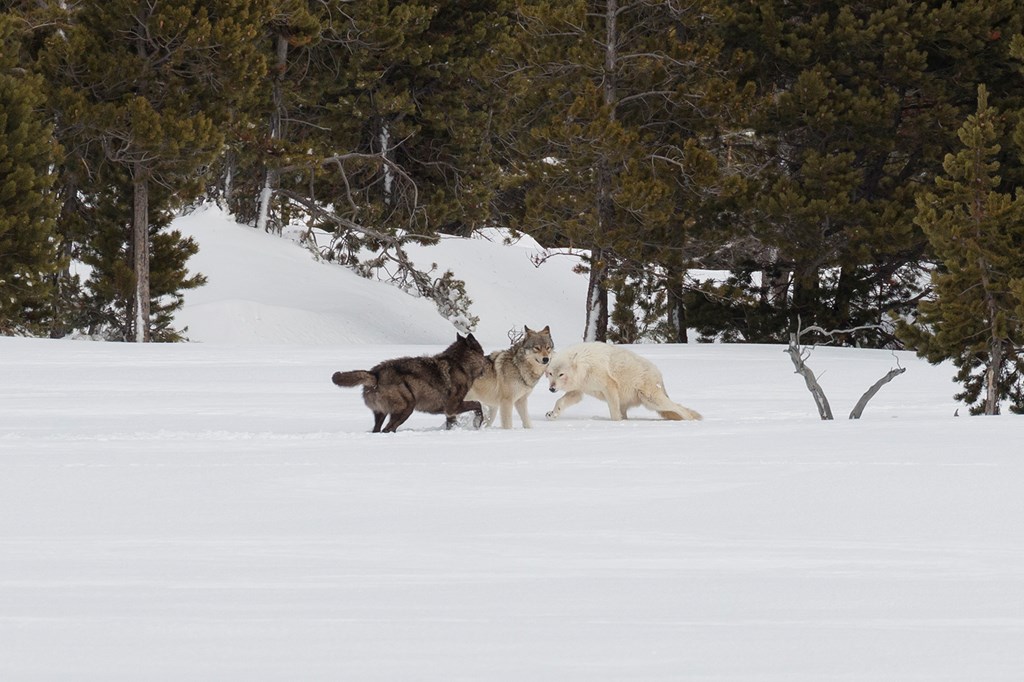
When to see them
In the summer, when temperatures are high and Yellowstone is teeming with tourists, wolves tend to stick to the shade. If it was a game of hide and seek, humans wouldn’t stand a chance. But in the winter, wolves are far more active. Temperatures are cooler, plus January through March is their mating season. This is when they tend to howl more, too. It’s how wolves communicate their size and status for breeding purposes. Winter is also when you’re more apt to see wolves hunting. During the snowier months, their prey of choice, elk, is feeding at lower elevations. Lower elevations are where you find most of the park’s roads. I.e. it’s possible to see a wolf from the comfort of your own car vs. having to hike up a mountain. (Not that there’s anything wrong with hiking!)
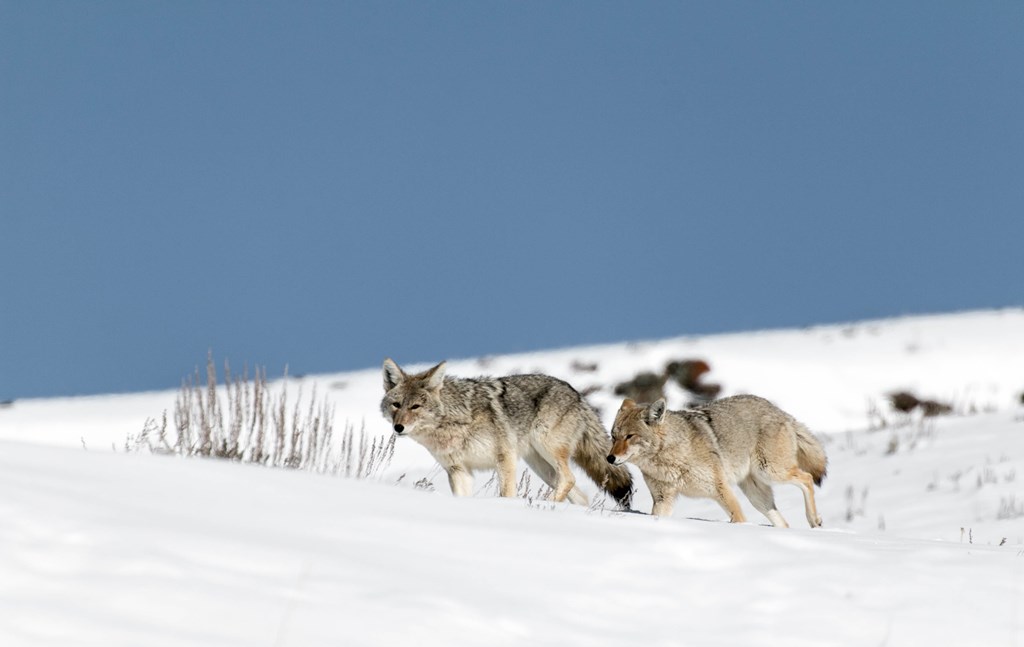
What are the odds?
Last year I did my second wolf watching tour with Nathan Varley, founder of Yellowstone Wolf Tracker. For more than a decade he’s been the park’s unofficial wolf whisperer. In 2021 he estimated that the odds of seeing a wolf in the winter were about 90 percent. Normally, it’s closer to 50 percent. So why is it so high? After years of slow growth, the wolf population is thriving. Packs are having larger litters, and pups are making it into adulthood thanks to a never-ending supply of elk. In 2020 there were approximately 94 wolves. As of January 2021, the NPS reported the park was home to at least 123.
“If you explore these majestic landscapes for three or four days you’ll be rewarded with more than just a glimpse,” says Smith. He recommends going wolf watching in the early morning hours when the wolves are most active. Another reason a sighting is almost guaranteed sort of feels like cheating. Varley estimates that about 33 percent of the park’s wolves are collared. Scientists and experts like Varley have access to the collars’ radio frequencies. They’re able to know the location of certain wolves at almost any given time (which is why it’s worth hiring them as guides).
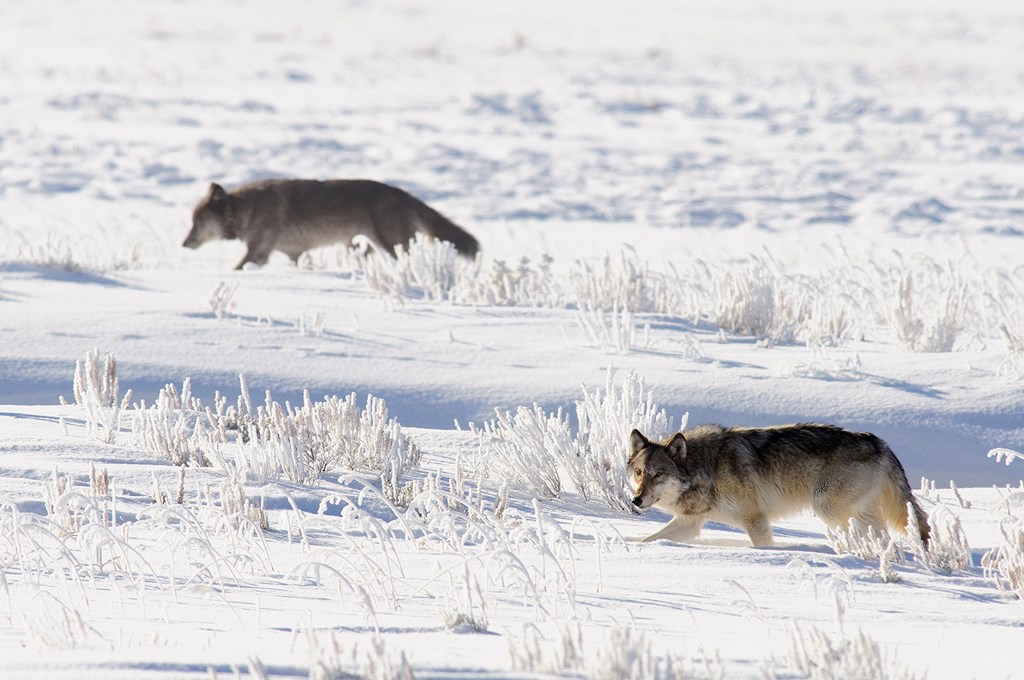
Where to look
The best way to find wolves is to find wolf watchers. In the winter there isn’t much traffic in Yellowstone. So, if you see a group of vehicles parked at a scenic overlook, especially with their spotting scopes set up, it’s probably a group of wolf watchers. Usually at least one is in the know when it comes to the wolves’ radio frequencies. Wolf watchers freely share information with each other, and if you’re nice, they may share their whereabouts with you, too.
You can also find wolves by looking for elk – which makes up about 90 percent of a wolf’s winter diet – and certain birds. According to the NPS, “The easiest way to spot a kill is to look for a cloud of scavenging birds like ravens, magpies and eagles.” For the best odds, drive from Gardiner to Cooke City, stopping in the Lamar Valley – the winter home of the park’s largest elk herd – along the way. Known as the Northern Range, this small part of the park is deemed the wolf watching capital of the world by many wildlife biologists. The NPS considers it to be “arguably the most carnivore-rich area in North America.” Specifically speaking, Dave’s Hill by the turnoff to Slough Creek is where locals and veteran wolf watchers usually camp out. The authors of “Explorer’s Guide: Yellowstone & Grand Teton National Parks and Jackson Hole” write that the top of Dave’s Hill is “worn bare by legions of wolf watchers.”
Optics make it easier
Even wolf whisperers like Varley can’t approach a wolf without having it run away. So, If your goal is to see a wolf up close, it’s wise to invest in quality optics. While binoculars are a good choice if you plan on snowshoeing or cross-country skiing in (and Varley leads those tours, too), spotting scopes are the optics of choice for most wolf watchers. Their magnifying power is greater, and because you set them up on tripods they don’t need as much adjusting and are easier to share. After all, it’s hard to keep something as special as a wolf sighting to yourself.
 Katie Jackson is a writer and media specialist based in Montana’s Big Sky Country. Living and working everywhere from New York to Nicaragua, Katie is no stranger to adventure. When she’s not traveling the world (or writing about it!) she’s busy chasing after a Leonberger named Zeus. Follow Katie’s travels on Instagram @katietalkstravel.
Katie Jackson is a writer and media specialist based in Montana’s Big Sky Country. Living and working everywhere from New York to Nicaragua, Katie is no stranger to adventure. When she’s not traveling the world (or writing about it!) she’s busy chasing after a Leonberger named Zeus. Follow Katie’s travels on Instagram @katietalkstravel.
